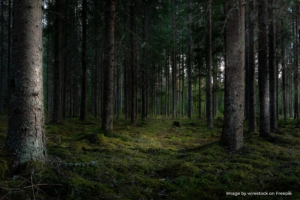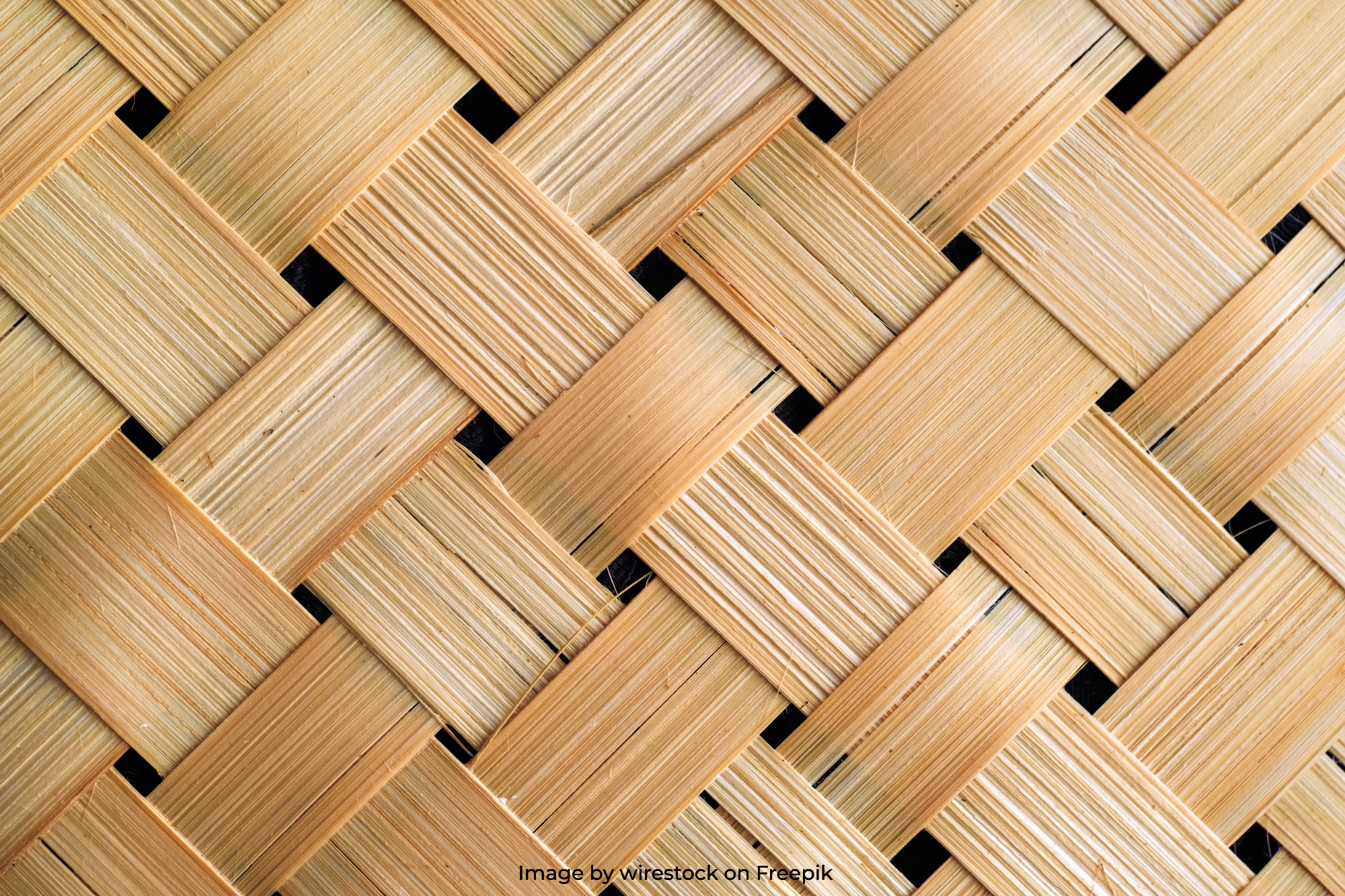How is DLT Made?
Dowel laminated timber is made by stacking layers of softwood lumber (such as aspen, cedar, and pine) and friction-fitting them together with hardwood dowels. A friction fit, also referred to as an interference fit or a pressed fit, is a form of fastening that occurs when two tight fitting parts are pressed or pushed together forming a friction bond. For DLT, the friction-fit between the soft and hard woods used, is achieved by the differing moisture contents of each element. This allows for dowel laminated timber to be construction of 100% wood products.
How is Dowel Laminated Timber Used?
 Dowel laminated timber has several uses in the construction sector including but not limited to –
Dowel laminated timber has several uses in the construction sector including but not limited to –
- Structural elements: Like many other types of engineered wood, dowel laminated timber can replace traditional lumber, steel, and concrete components in structural engineering. DLT is often used to make beams, columns, and even load-bearing walls.
- Flooring and roofs: DLT offers a more environmentally friendly alternative to traditional lumber flooring and roofing. Additionally, down laminated timber can be prefabricated off-site allowing for speedier more efficient assembly.
- Walls: DLT can be utilized for both exterior and interior walls and is sturdy enough to support load bearing walls.
What are the Advantages of Dowel Laminated Timber?
There are many advantages associated with dowel laminated timber including sustainability, waste reduction, efficiency, versatility, strength and stability, and fire resistance.
- Sustainability: DLT is manufactured from soft wood trees. These trees are typically smaller and faster growing compared to the hardwood trees used to manufacture traditional lumber. Additionally, the manufacturing process of dowel laminated timber and other engineered woods typically produces less carbon emissions than traditional lumber, steel, and concrete. Also, because DLT is made from fast-growing trees, it usually results in less deforestation compared to the manufacturing of traditional hardwood lumber. As the only mass engineered wood made entirely of wood products, dowel laminated timber does not require adhesives or metal bindings or nails.

- Waste reduction: Along with being more sustainable, the manufacturing process down laminated timber produces less waste than the traditional lumber manufacturing process. Many manufactured woods can use all parts of the log.
- Efficiency: DLT panels are prefabricated meaning they are constructed, manufactured, and sized off-site allowing for quicker and more efficient installation. This can ultimately reduce construction time and labor costs.
- Versatility: DLT allows for design flexibility as it can be fabricated in many shapes and sizes.
- Strength and stability: Dowel laminated timber is less prone to warping and splitting than traditional lumber due to many factors including the wood quality, friction fit dowel connections, quality engineering, moisture control, and the lamination process.
- Fire resistance: Engineered woods typically have higher fire resistance rankings than traditional lumber. This is because of what is often referred to as the “charring effect”. The charring effect occurs when a material is exposed to fire and the outside layers char instead of igniting. This creates a protective barrier allowing the structure to maintain its shape and function for longer under the circumstances. This protective barrier slows the rate at which the fire penetrates the material, in this case the dowel laminated timber. However, it is important to acknowledge that while dowel laminated timber offers increased fire resistance compared to traditional lumber it is not fireproof. Additional precautions should be taken when building with any combustible material.
What are the Disadvantages of Dowel Laminated Timber?
Dowel laminated timber offers many advantages, but it also has some disadvantages. For example, DLT can be more expensive than traditional lumber and other alternatives. DLT can also be more difficult to transport to construction sites than alternatives such as traditional lumber, concrete, and steel. Additionally, DLT is a relatively new product meaning sourcing and acquisition can be more tedious compared to traditional alternatives.
Because DLT is still gaining traction in the US, much like other engineered wood products, there are codes and guidelines being put into place. Some cities and/or states will not have building codes that are specific to this type of material and should be considered while looking into mass timber building solutions.
Conclusion
DLT is a strong, stable, versatile, more environmentally friendly alternative to concrete, steel, and traditional lumber structural elements. It is important to recognize that dowel laminated timber is not suitable for every project, but it should be considered when designing and building. While in the design phase, DLT should be mentioned to allow for the design team(s) to account for the different variations of things they can achieve both structurally and architecturally.






